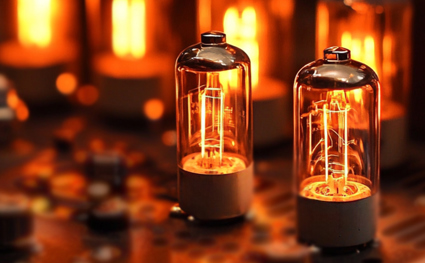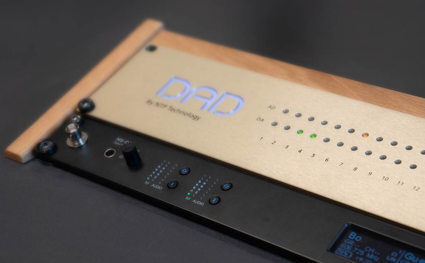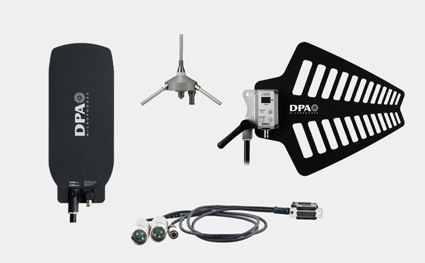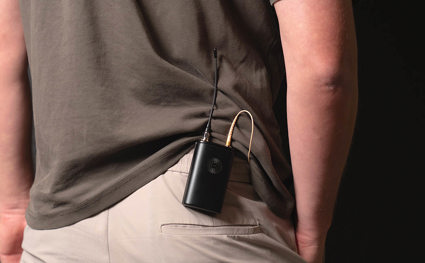A guide to pro wireless audio - Part 2: Audio front end

Microphone input
A microphone itself is not wireless. Thus, we must provide a transmitter. One practical problem is matching the transmission system’s dynamic range with the microphone’s. Often - especially with analog systems - the microphone's dynamic range is much higher than what the transmission system can accommodate.
Microphone preamps in transmitters may offer a variable gain range of - maybe - up to more than 40 dB. Typically, this means a gain setting of 0 dB as a starting point with a standard microphone and then adding gain or attenuation to fit the microphone signal to the transmitter’s electrical input.
Some digital systems offer Automatic Gain Ranging, where the setting in the transmitter is reflected in the receiver. At the output, you shouldn’t notice the change of gain.
A better solution is the application of stacked converters. The result is a digital dynamic range that covers the complete dynamic range of the microphone. Further, there is no level shifting involved.
Powering the mics
If the microphone is a condenser type, it will need power. The transmitter provides this power. However, as the transmitter is powered by (a few) batteries applied for transmission purposes, there may be an issue regarding voltage and power capacity. Further, the microphone and transmitter connection is often a simple two-way wire that should simultaneously carry both audio and power.
If microphones require 48-volt phantom power, a DC-to-DC converter is needed. Then, the relatively low battery voltage can be stepped up to meet the microphone’s requirement.
Transmitter formfactor
There are several types of microphones that take advantage of wireless transmission: vocal mics, lavalier mics, and general-purpose pencil mics. In each case, the application determines the form factor of the transmitter.
Vocal mics
Vocal microphones are made for handheld use on stage. In its wireless version, the handle provides the space for the transmitter, and a short antenna substitutes the connector.
Often, it is possible to apply different microphone heads on the transmitter. For instance, for applying the best directivity for the purpose. Different brands may supply different threads for the microphone heads. Also, the electronics may be of varying design.
DPA provides adapters for major vendors of wireless systems, including handheld transmitters.
 Figure 2.01 Adapters for handheld transmitters ensure the best possible audio quality.
Figure 2.01 Adapters for handheld transmitters ensure the best possible audio quality.
Lavalier mics
The lavalier or headset microphone is connected to a belt pack to become wireless. A thin wire between the microphone’s head and the connector makes it possible to hide the cable and - in many cases - the microphone itself.
Different brands may have different choices for connector solutions. Thus, many adopters exist to make ends meet. Also care has to be taken regarding the so-called bias, the voltage or current, that is needed for the capsule.
Pencil mics
Pencil mics are seldom used for wireless. Nevertheless, a microphone with special directivity is sometimes needed for a wireless job. For that purpose, different universal transmitters exist. A transmitter with an XLR connector and 48-volt Phantom power. The unit is as compact as possible. However, there must be space for batteries that can drive the extra current draw a P48 microphone may need.
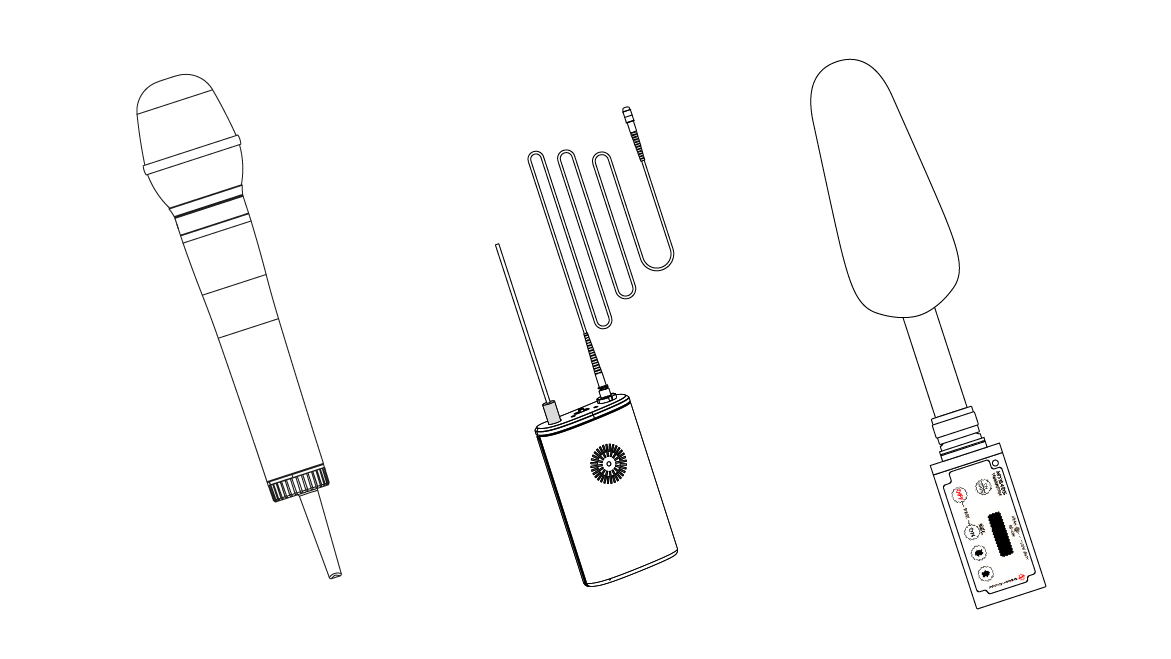 Figure 2.02 Three form factors for wireless transmitters: The vocal, lavalier, and pencil.
Figure 2.02 Three form factors for wireless transmitters: The vocal, lavalier, and pencil.
Signal processing
It becomes handy if the transmitter has some signal processing.
Low-cut is a simple but often necessary feature in recording under windy conditions or in situations with much handling.
A limiter is often included to protect the transmission from over-modulation of the carrier wave.
Audio polarity is a feature in some systems, as the microphones do not all have the same polarity.
